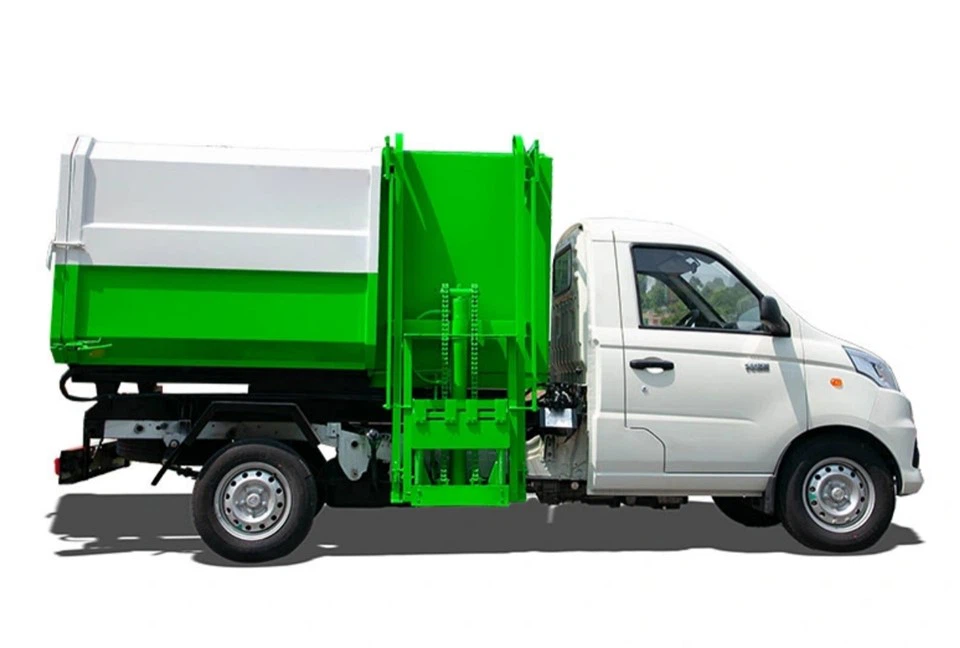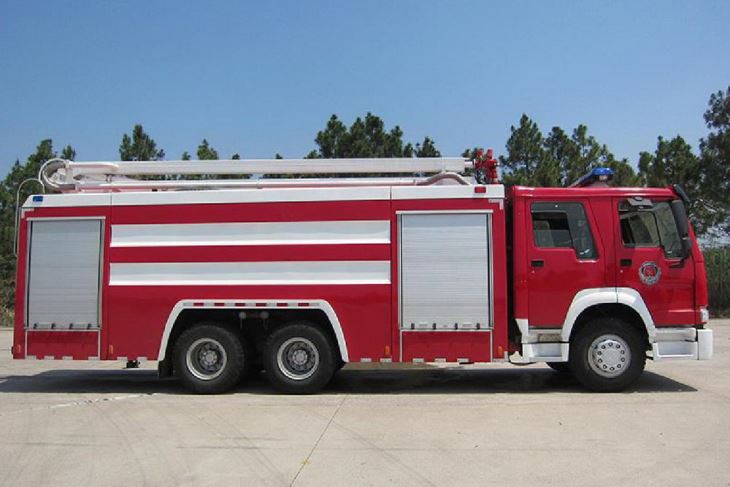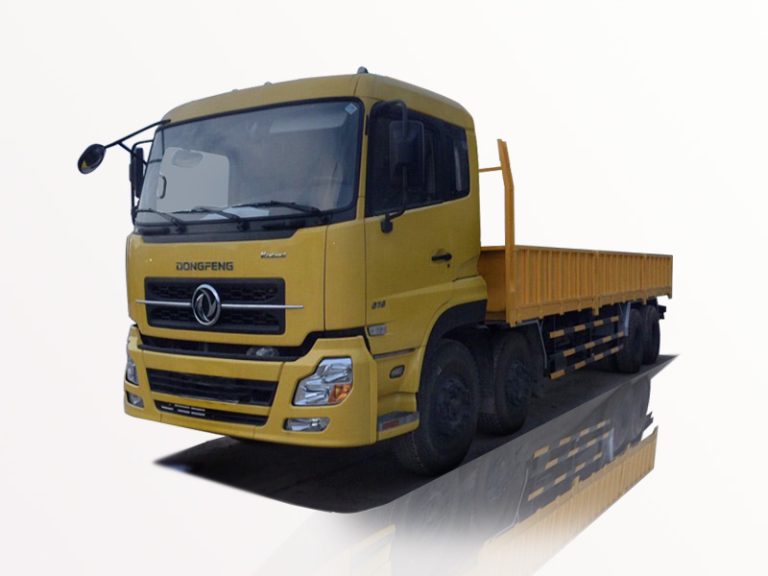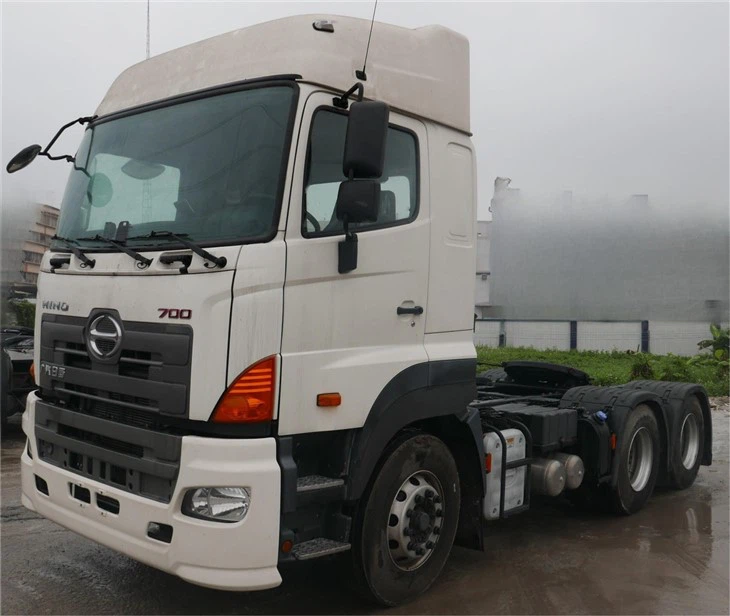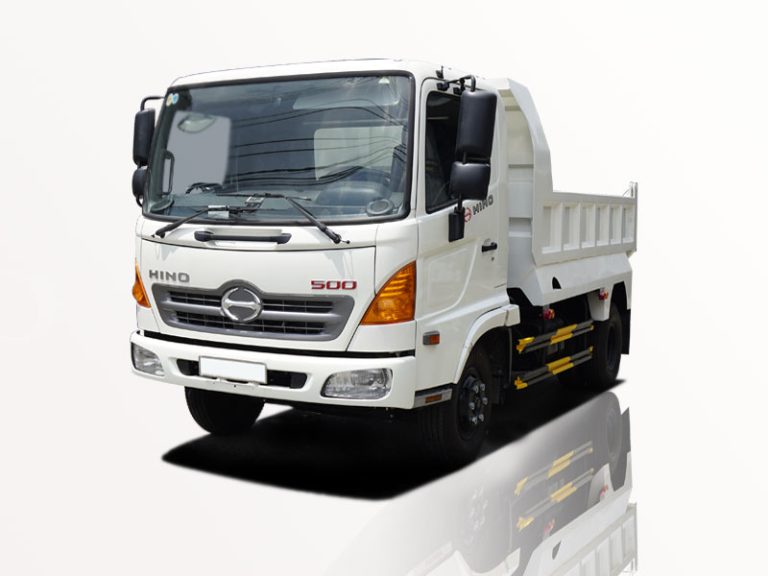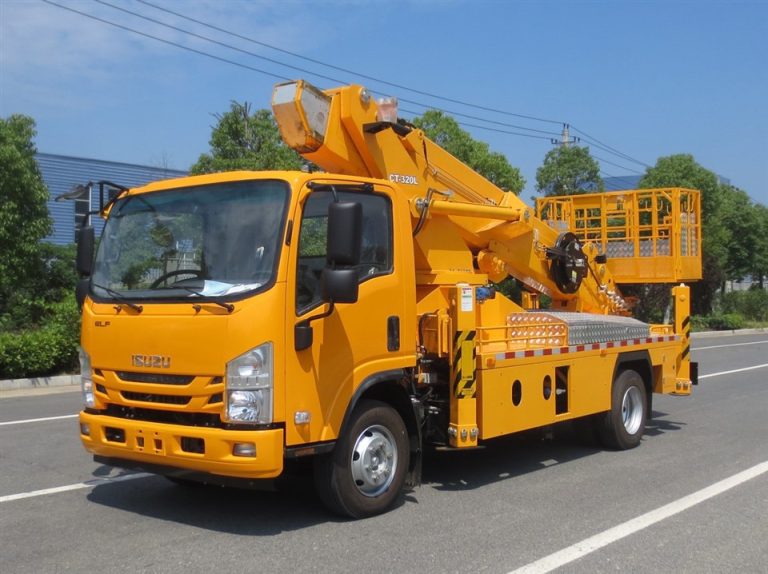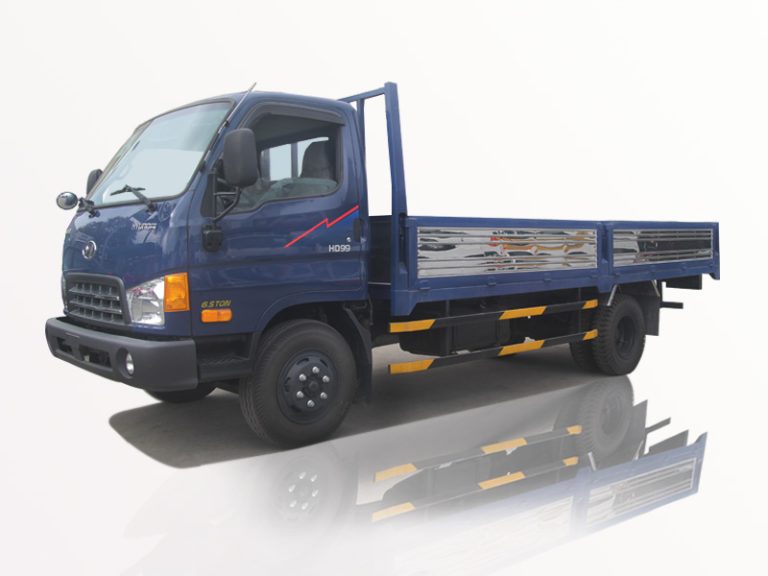In the world of firefighting and emergency response, the heavy rescue fire truck plays a crucial role. These vehicles are specifically designed to support complex rescue operations, giving firefighters the essential tools and technology to save lives in critical situations. This article aims to provide comprehensive information about heavy rescue fire trucks, covering their features, functions, equipment, and the significance they hold in emergency management.
Understanding Heavy Rescue Fire Trucks
A heavy rescue fire truck is a specialized vehicle designed for difficult rescues and emergency situations. Unlike conventional fire trucks, these vehicles come equipped with advanced tools and technology to handle a variety of scenarios, including vehicle extrications, high-angle rescues, and hazardous material situations.
Features of Heavy Rescue Fire Trucks
Heavy rescue fire trucks are built to endure rigorous demands during emergency operations. Some key features include:
- Advanced Stabilization Systems: These systems ensure that the truck remains stable during rescue operations.
- Heavy-Duty Winches: Used for extricating vehicles or heavy objects.
- Customizable Storage Compartments: Designed to hold specialized rescue tools and equipment.
- High-Performance Lighting: Ensure visibility during nighttime operations.
The Importance of Heavy Rescue Fire Trucks in Emergency Response
Heavy rescue fire trucks play a pivotal role in emergency response due to their versatility and capability. They support firefighters in various scenarios:
- Multi-Vehicle Accidents: Facilitate rescues across multiple vehicles and victims.
- Natural Disasters: Assist in rescue operations during hurricanes, floods, and earthquakes.
- Technical Rescues: Provide tools for high-angle, trench, and confined space rescues.
Components of a Heavy Rescue Fire Truck
Heavy rescue fire trucks are equipped with a variety of components designed for specific emergency needs. Understanding these components is critical for effective operation.
Rescue Tools
The primary function of a heavy rescue truck is to provide rescuers with the tools needed to save lives. Common rescue tools include:
| Tool Name | Description |
|---|---|
| Hydraulic Jaws of Life | Used for cutting and spreading in vehicle extrications. |
| Rescue Saws | Cut through materials like wood, metal, and concrete. |
| Stokes Basket | For transporting injured individuals over difficult terrain. |
| Rope Rescue Systems | For high-angle or confined space rescues. |
Safety Equipment
Safety is paramount during rescue operations. Heavy rescue fire trucks carry various safety equipment including:
- Personal Protective Equipment (PPE): Firefighters wear helmets, gloves, and turnout gear.
- First Aid Kits: Essential for providing immediate medical assistance.
- Fire Extinguishers: Ensure fire control at the scene of emergency.
Communication Systems
Effective communication is vital during emergencies. Heavy rescue fire trucks are equipped with:
- Two-Way Radios: For communication among team members.
- Command Boards: To manage operations and resources.
Types of Heavy Rescue Fire Trucks
Heavy rescue fire trucks can vary significantly in design and capabilities, tailored to meet the needs of different fire departments. Here are a few types:
Type 1 Heavy Rescue Truck
Type 1 rescue trucks are primarily used for urban environments. They have a larger size and more comprehensive equipment for rescue operations.
Type 2 Heavy Rescue Truck
Type 2 trucks are smaller and designed for rural or suburban areas, often emphasizing mobility and access to narrow roads.
Type 3 Heavy Rescue Truck
These trucks are custom-built for specific challenges, including hazardous material handling and water rescue operations.
Training to Operate Heavy Rescue Fire Trucks
Operating a heavy rescue fire truck requires specialized training. Firefighters must learn how to operate the equipment and understand the vehicle’s functionalities. Training programs typically include:
- Technical Rescue Training: Focus on using specialized equipment.
- Ambulance Operations Training: Familiarization with the protocols for patient transport and emergency medical care.
- Vehicle Handling Courses: Covering maneuvering and driving techniques due to the truck’s size.
Challenges and Considerations
Despite their capabilities, operating heavy rescue fire trucks comes with challenges:
Weight and Size
The size and weight of these trucks can create difficulties in navigating narrow streets, tight corners, and steep grades.
Maintenance Requirements
Due to the complexity of the equipment, regular maintenance is crucial to ensure readiness when emergencies arise.
Innovations and Future Trends in Heavy Rescue Fire Trucks
Technological advancements are influencing the design and functionality of heavy rescue fire trucks:
Telematics
Integrating telematics systems can provide real-time data on vehicle health and location, enhancing operational efficiency and fleet management.
Electric and Hybrid Trucks
Some manufacturers are exploring electric and hybrid heavy rescue trucks to reduce emissions and operational costs.
Practical Tips for Fire Departments
Fire departments can maximize the effectiveness of their heavy rescue fire trucks through the following tips:
- Regular Training: Continuous training ensures that all team members understand the truck’s capabilities and usage.
- Strategic Equipment Storage: Organize and label compartments for easy access during emergencies.
- Routine Maintenance Checks: Schedule regular inspections to keep the vehicle and equipment in peak condition.
Frequently Asked Questions (FAQ)
What distinguishes a heavy rescue fire truck from a regular fire truck?
A heavy rescue fire truck is specifically designed for complex emergency situations, equipped with specialized tools for rescues, while a regular fire truck typically focuses on fire suppression.
How does a heavy rescue fire truck support rescue operations during natural disasters?
These trucks provide essential equipment and tools for rescue operations, allowing first responders to navigate challenging conditions caused by natural disasters like floods and earthquakes.
What kind of training do firefighters need for operating heavy rescue fire trucks?
Firefighters must undergo specialized training in technical rescue operations, vehicle handling, and use of the specific tools and equipment on the truck.
Can any fire department obtain a heavy rescue fire truck?
Yes, fire departments of all sizes can obtain heavy rescue fire trucks, but they should evaluate their specific operational needs and budget constraints.
What are the maintenance requirements for heavy rescue fire trucks?
Routine checks on equipment functionality, fluid levels, and overall truck health are vital for ensuring optimal performance and readiness.
Are heavy rescue fire trucks equipped for hazardous material incidents?
Many heavy rescue fire trucks are designed with equipment and features to handle hazardous materials incidents, depending on the department’s needs.
